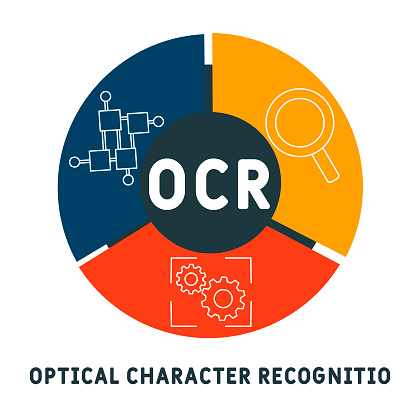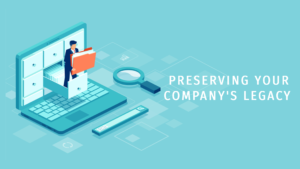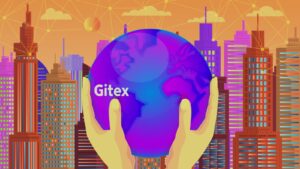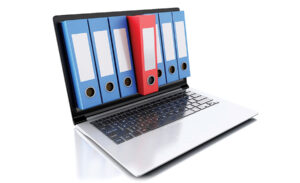We hear the word technology and immediately think of a solution to every problem that every industry may face. The digital world is limitless and is evolving day by day, offering unprecedented prosperity to every aspect of life.
However, in this day and age it’s not a question of what technology is or what value is it adding, but rather what scopes and new demographics is opening up every day. Technology is very complicated and the answer to that question might be just as complex, but to keep things simple, we will try to approach it with what we offer at Fotopia.
One significant problem every industry may face is keeping up to the vast and fast technological updates occurring on a regular basis. Let’s take a look at governmental institutions, for example, still majorly operating with paperwork when digitalization is rushing towards them like a train. We might have reached a time where it is absolutely crucial to turn all these documents into computer-friendly, editable files before they seize to exist or get lost in the crowd. But with all the huge archive rooms and dusty big files, how is it even possible to introduce such institutions to the magic of information technology? As appealing as assigning the new college student interning for the summer, or the newly hired fresh grad to the job may sound, it may not be the best idea. Unfortunately, the human brain functions are limited and not as wild as that of computers especially when it comes to memory, concentration, and other data-heavy related usage.

Errors and mistakes are cards that will always be played in the process. We are not necessarily saying that technology can or will one day demolish the use of the human brain and surpass it in every function, but computers evolve much faster than humans. Thus, definitely, and quite exponentially, making everything easier.
One technological advancement that can come to the rescue in such cases is OCR. Simply put, and before getting all technical; optical character recognition is the process of converting images of text into machine-encoded text. It is a process that converts scanned or photographed images of documents and drawings into machine-readable, editable text that can be used and saved by computers anytime, anywhere, and will prepare the document for proper indexing so you can do deep search in any document
easily to find and retrieve it in seconds. Not only does it read images of text, but it can also be used to convert a file that is in the picture format, or a digital photo into an editable document file.
So basically, if any industry is facing the dilemma of trying to convert its loads of paperwork and print outs into data that can be processed by a computer, then OCR is the answer.
Getting into more detail and closer to understanding every side of OCR, it is important to shed light on its common uses and purposes which are programmed for specific, yet often incredibly complex, tasks.
OCR engines can be used for many purposes, including:
– capturing content from print or digital sources for indexing and storage.
– converting paper documents into electronic files.
– extracting data from scanned documents for use in other applications (e.g., databases).
OCR engines are used in many different industries including law enforcement, healthcare, and education where functions such as document management and archiving, archival preservation, library cataloging, and data mining are crucial for internal operations.
Other fields where OCR is considered of great value is historical researching and governmental records tracking where it is used for general scanning purposes.
However, we at Fotopia, know how integral OCR is to any company and thus like to shed light on its importance in the specifically busy departments. Take the finance department, for example, where things are always busy, and records can take their toll. Digitizing those records can save time, energy, and paper. When OCR is used in the process, archiving can be done much faster, the data is stored in a bigger storage area, clearing sufficient desk space, and access is more practical and efficient, making information easy to search and share.
Now that it is clear how OCR works from a technical point of view, let’s take a look at the specifics. You’re probably wondering by now what exactly does OCR read? Well,
early OCR systems were designed to work with one specific font which was designed to do the job, but modern OCR software used nowadays are much more advanced. Arabic OCR which requires very crucial and advanced as the characteristics of Arabic text cause more errors than English text. OCR in the Arabic language is a very difficult process because the letters in Arabic language are connected without spaces in the same word, and their shape is changed in dependence of characters position in the words. That is why at Fotopia we pride ourselves in the efficient and veracious use of Multilingual OCR including English & Arabic OCR, ensuring robust and accurate results.





